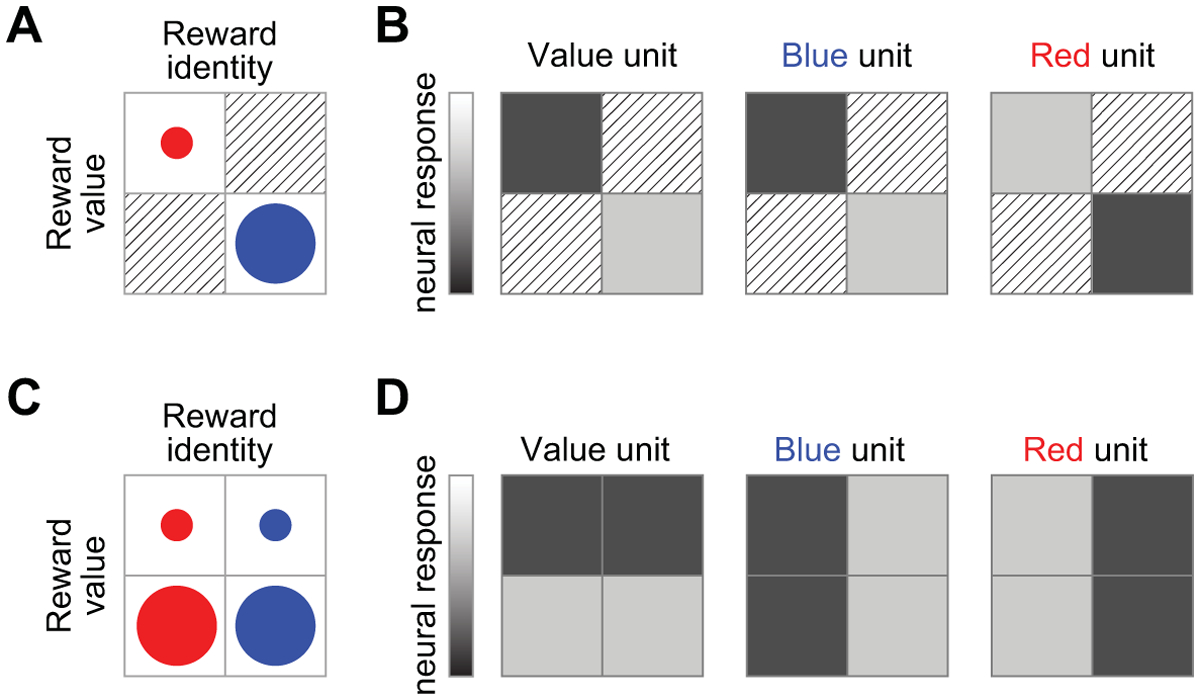Figure 1. Responses of hypothetical neural units to rewards.

A) In a hypothetical experiment, two outcomes differ in value, as indicated by the relative size of the circles, and also have distinct identities, as indicated by color. B) In this scenario, a hypothetical neural unit that codes for value (i.e., higher response to higher-value reward than smaller-value reward) would be indistinguishable from a neural unit that responds specifically to “blue”. C) In another hypothetical experiment, the two distinct reward identities have a value-matched small-value (small circles) and large-value (large circles) version, which may be achieved by carefully manipulating reward magnitude. D) In this case, a value-coding unit has a distinct response pattern compared to “blue” and “red” units.
